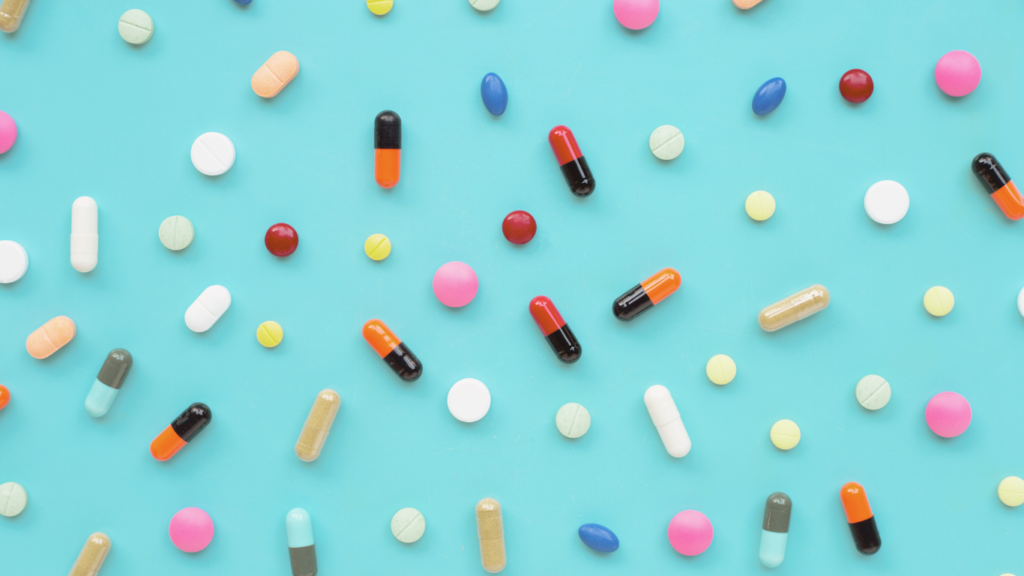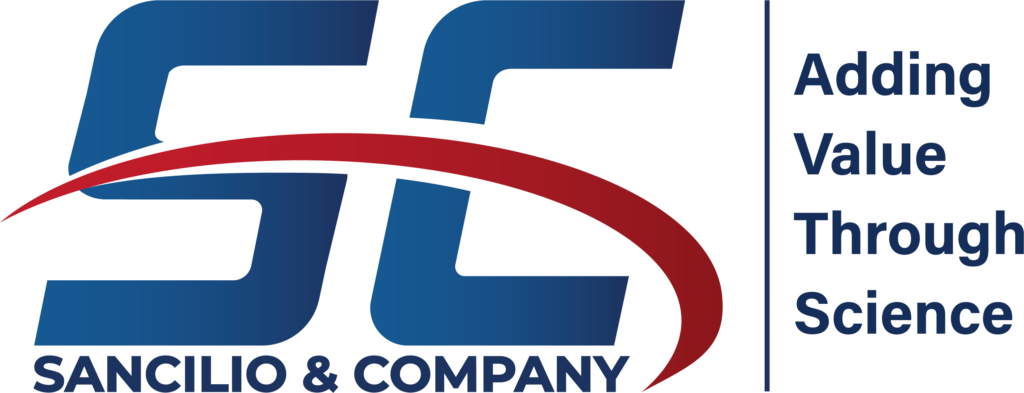So, what’s the difference between pills? (Part 2.)
The Innovator Pathway

FDA-approved innovative prescription products – These are unique new drugs (chemicals or biologicals) that have undergone years of investigation and scrutiny by the FDA, and scientific and medical communities. Sadly, the rules for marketing approval that apply to these new chemical or biological agents aren’t concrete and vary from product to product and between therapeutic areas. A totally new substance entering the prescription marketplace begins its journey with a host of chemical testing in scientific laboratories to define precisely what it is and how it may change over time. It is tested mostly in laboratories using models and prior experience to determine if it might be safe enough for its intended purpose. For every 1000 new chemical entities that start on this journey, at best, one will make it through this process and become a new drug.
In many cases, new drug substances may start their lives for one use and find that it is more useful in totally different ways. For example, Viagra’s active ingredient called sildenafil, was intended for use to treat pulmonary hypertension but eventually was approved for erectile dysfunction. Dozens of discoveries like this resulted in multibillion-dollar accidental success stories! The sequence of testing that a drug like Viagra had to go through includes about two years of laboratory testing, followed by about two more years of animal testing and another three years of human clinical testing. Hundreds of animals and thousands of human volunteers were tested before the submission of all this data to the FDA in what is called a “New Drug Application or NDA” approval request. The cost to market a new chemical entity varies from one hundred million dollars to over a billion dollars (and sometimes much more). The generation of truckloads of data that the FDA must review is incredible, and up until recently, pallets of this data were delivered to loading docks at the Agency almost every day. Can you imagine the amount of work that is needed just to read this amount of information, let alone having to understand complex medical and technical concepts? While the FDA’s primary function is to make sure nobody gets harmed by these new drugs by evaluating proof of safety, they also have become focused on a new drug’s efficacy. Not only are the product’s safety and efficacy scrutinized, but so are the manufacturing of the chemical and the dosage being offered. Companies will spend a decade preparing these dossiers for submission and risk the entire value of the firm, betting they’ll recover their investment many times over with approval. Some do and some don’t.
New chemicals and biologicals aren’t the only innovations that pharmaceutical companies pursue. When an older (previously approved) product is repurposed or reformulated, the route to FDA approval is somewhat simplified. While the safety and efficacy of the new dosage or use must be proven, the challenges are limited and can usually be accomplished in three or four years rather than a decade. These “505B2” new drug applications vary in cost from tens of millions to about a hundred million dollars typically. Some examples of these applications include drugs like extended-release formulations that allow a drug to be taken once per day instead of twice a day or formulations of a liquid version of an approved oral solid product. These new dosages or uses for older drugs are common and can allow a drug company to extend the patent life of a product by a simple reformulation or repurposing.
Patents protect these new materials, and an army of lawyers is usually assigned to protect these investments. However, as soon as a drug is approved for sale by the FDA, a second army of lawyers is hired by the generic industry to challenge the patents and shorten the monopoly that a patent provides. The next article in this series discusses how FDA approves generic versions of existing products.
